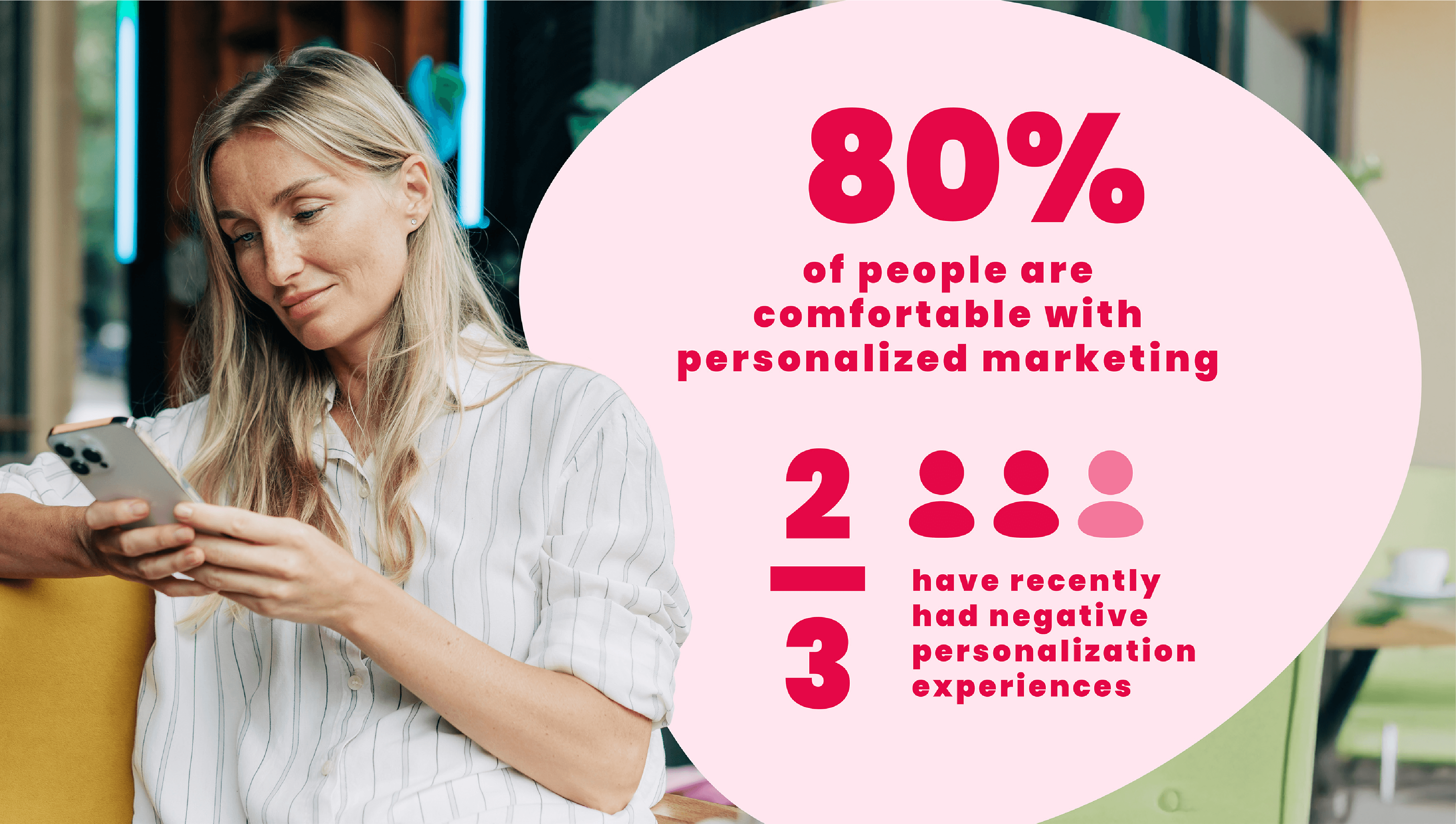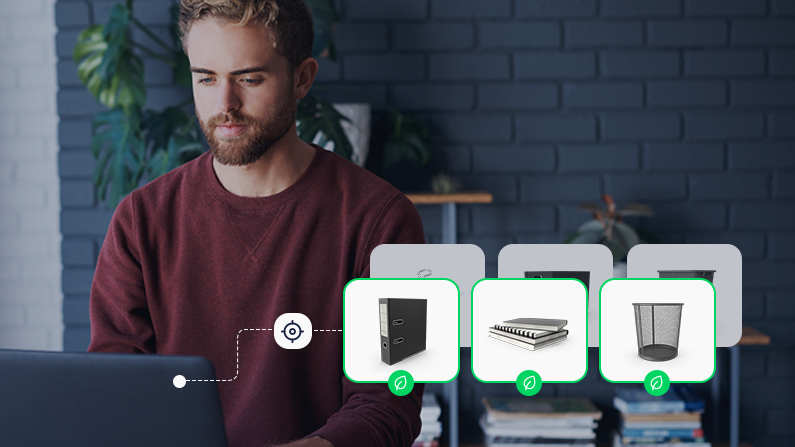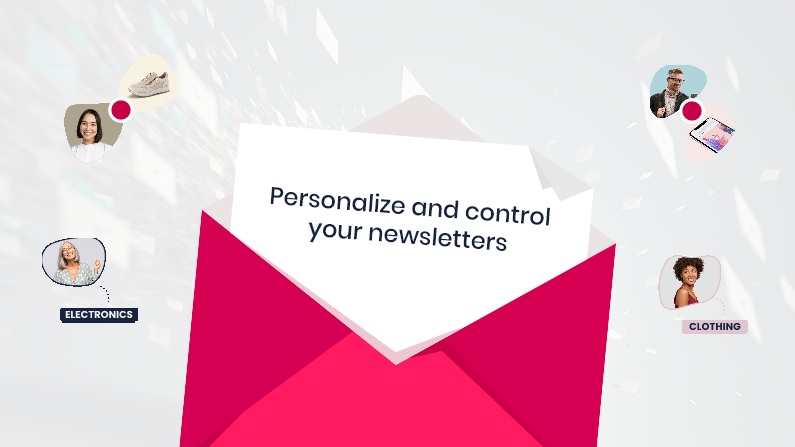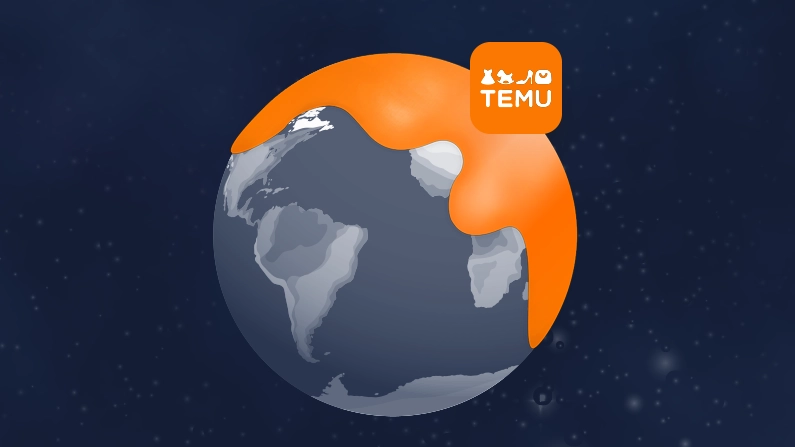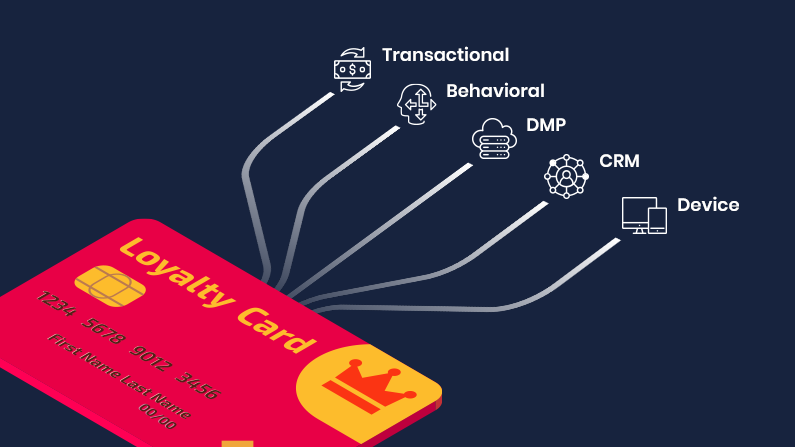4 ways to personalize your fashion ecommerce
Feb 18, 2022 | Customer Data Platform, E-mail Triggers, Fashion, Personalisation for banners, Website Recommendations, Merchandising, POS, Site Search
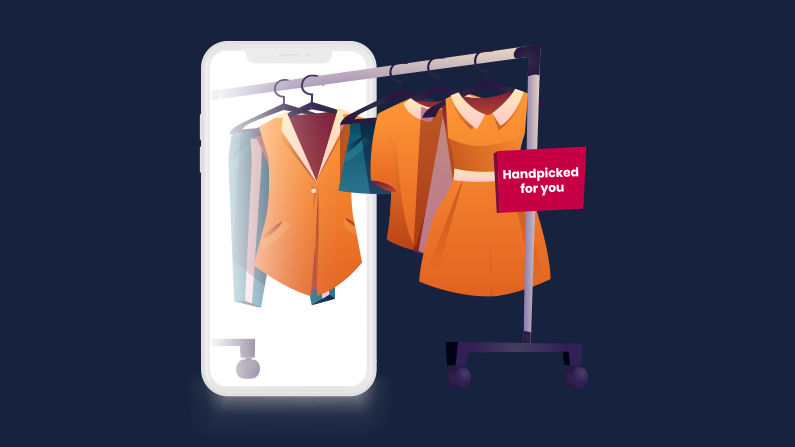
Seasons change, fashion cycles repeat, new styles appear. Fashion is unpredictable, and yet utterly cyclical.
But while changing seasons and new styles are expected, technology and shifting markets is less predictable.
Although the COVID pandemic meant significant growth for many online fashion retailers, it also changes the loyalty dynamic between brand and customer.
A recent study found that almost half of global fashion retailers have not adjusted their e-commerce plans since the pandemic started. So, while customers have changed their shopping habits, not all ecommerces have managed to transform their business to meet these changes.
If you don’t want to fall behind, you need to provide a solid customer experience in all phases of their journey.
To help you with this, we have created a 4-step guide – from first interest to final purchase: Awareness, Consideration, Purchase, and Loyalty.
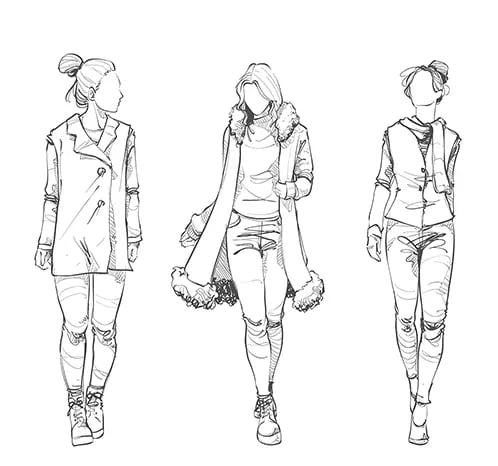
Understanding your fashion customer anno 2022
Given how fashion’s main focus is on self-expression, modern fashion consumers are prone to seeking personalized experiences to help them find their personal style.
By understanding where and when you should interact with potential customers and how to act and communicate with them in various channels, you set yourself up for success.
It’s all about turning strangers into customers and turning customers into loyal ambassadors.
This can be done by creating what Raptor calls Personalized Omnichannel.
This refers to collecting information and using it no matter where the customer interaction takes place – creating a consistent, relevant, and personalized experience throughout the whole customer journey. And most importantly connecting your online platform and physical store as a single entity.
The e-commerce fashion sector had a global market value of $759.5 billion in 2021, which proves the industry of apparel, accessories and footwear are the number one ecommerce sector in the world.
In other words, the potential of a personalized fashion experience is huge.
While the illustrations below are simplified versions of reality, it’s a useful tool for developing your fashion e-commerce strategy– and thereby create a consistent, personalized omnichannel experience.
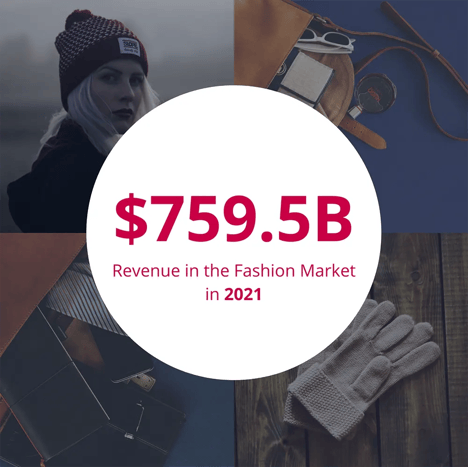
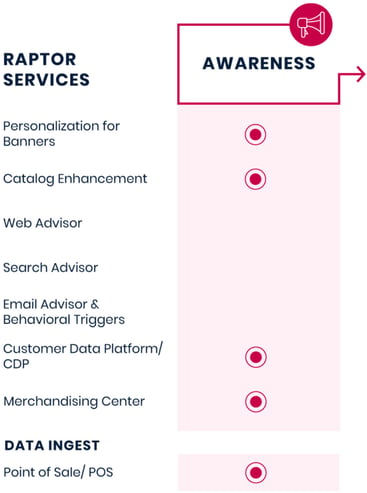
Step 1: Personalization in the Awareness phase
Every customer journey starts with awareness.
The customer doesn’t know your brand or product yet, so this phase is all about making yourself and your product known.
To create awareness, you need to reach your potential customers in the channels where they are present.
And the competition is fierce.
Personalization on your digital channels is a great way to break through the noise. Here, Raptor helps you deliver highly relevant and personalized messages and optimize your conversion rates across all paid marketing channels – paid search, retargeting, display ads, social ads, etc.
Which Raptor personalization solutions and data ingestions that are most useful in the Awareness phase.
Personalization for Banners
Since the customer is a stranger in this phase, you have no previous data to use as a reference point in your recommendations.
To create awareness, you can use Raptor’s Personalization for Banners solution that enables you to display your best selling or trending products in your display ads. Once you have collected data on the customer, you can also use previous interactions such as viewed products, related products, or abandoned basket in your display ads.
Catalog Enhancement
By using Raptor’s Catalog Enhancement solution, you can also add new product attributes containing business critic logics such as margin, revenue per visit, or bestsellers to your existing product catalog, which will determine the products being shown in channels such as Facebook, Google Shopping, Amazon, etc.
Merchandising Center
You can also decide which products should be shown in ads through our Raptor Merchandising Center, where you can take control of your recommendations and boost specific products while maintaining the power of relevance.
Customer Data Platform
A Raptor Customer Data Platform also allows you to use all the customer data you have from already known customers to build audiences that can be activated in channels such as Facebook. Through this channel, you can convert your existing data into “lookalike” audiences and hereby reach new potential customers, that don’t know of your brand or products yet.
Point of Sale / POS
Offline transactional data from physical stores can also be used to support data from your online channels. Offline data gives you great insights into what is trending.
Did the weather just change? Potential customers will react quickly to a seasonal shift and buy e.g. rain jackets in physical stores.
A Raptor POS integration can spot this kind of trend, and make sure that the offline data is also taken into consideration in your paid media advertising, creating coherence between your online anf offline platforms.
Case Study: ILVA – Combining creatives and algorithms
Relevant Raptor solutions in the Awareness phase:
- Personalization for banners
- Customer Data Platform
- Merchandising
- Point of Sale / POS

Step 2: Personalization in the Consideration phase
In this phase potential customers have become aware of your brand and will start researching content, visit products and compare alternatives.
Based on the data you have gathered so far (clicks, views, and other previous interactions) you can now recommend similar or related products based on the customer’s previous interactions – and not just focus on best-selling or trending products.
Raptors Web- and Search advisors are therefore highly relevant in the consideration phase.
Which Raptor personalization solutions and data ingestions that are most useful in the Consideration phase.
Nudge with Behavioral Triggers
A good way to target your customers in the consideration phase is by using Raptor’s Behavioral Triggers. Triggers can be used to send automatic and highly relevant emails to subscribers based on their previous interactions on your site. The Product Interest trigger is great to target subscribers that have shown high interest in a product but have not added the product to the basket yet.
Want to learn the art of nudging in fashion?
Personalization is the simplest way to make customers come back.
Get the guide here
Create offline and online synergy
Offline data such as transactions from your physical store can also be used to improve online recommendations. If the customer shows interest in a certain product, you can use your offline data to determine what products should be featured as related products online, based on what has been purchased together with this specific product in your physical store.
Conversely, you can choose to furnish your physical store based on which products are often bought together.
You can also place in-store information screens that display bestselling products within a category or various other personalized recommendation modules as well as personalized on-site search. Just like on your website, but now in a physical setting in your store.
This way you’re using your collected customer data to create a coherent customer journey – both online and offline.
Case Study: BilligVVS increased search revenue by 15%
Relevant Raptor solutions in the Consideration phase:
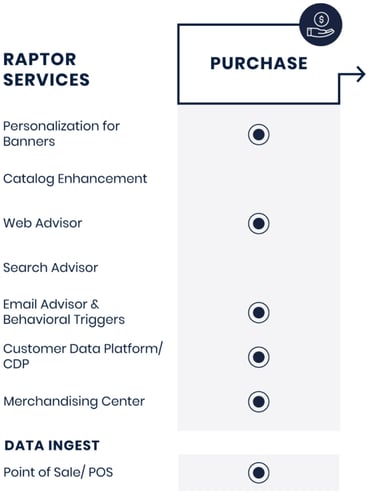
Step 3: Personalization in the Purchase phase
In the purchase phase, potential customers have now shown enough interest in a product for you to deliver the right message at the right time, which will increase the chance of a conversion.
Now is the chance to finally make your prospect into an actual customer.
You can now use all your collected customer data from the previous phases. For example, you might look at which specific products potential customers have shown a high interest in. Or if some customers have abandoned various products in their basket.
Product recommendations can push your customers towards conversion, but sometimes you need to use other personalization solutions as well to give the customer the last and crucial nudge.
Which Raptor personalization solutions and data ingestions that are most useful in the Purchase phase.
Nudge towards your physical store
You can also use your online channels to drive customers to your physical store.
If you have products which normally can be difficult to sell online, you can encourage customers to visit your physical store for a closer look at the product. Features such as click-and-collect reserve products, and collect in-store, can also be used to get customers to visit your physical store.
Using data at the cash register
Your online recommendations can also be used at the cash register in your physical store, where the salesperson can suggest related and similar products to the scanned product that the customer is about to buy.
Case Study: Zizzi converts as high as 8% on Price Drop triggers
Relevant Raptor solutions in the Purchase phase:
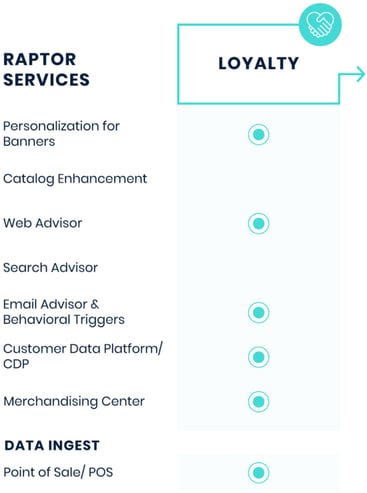 Step 4: Personalization in the Loyalty phase
Step 4: Personalization in the Loyalty phase
After a successful purchase, the goal is now to keep your customer loyal.
The customer therefore has a chance of becoming an ambassador in this phase.
And so, you need to create awareness about other products that lead to another purchase by utilizing the different personalization solutions whenever they are relevant.
You now have a lot of data about the customer, which can be used even more actively to deliver targeted personalized recommendations.
Which Raptor personalization solutions and data ingestions that are most useful in the Loyalty phase.
A Customer Data Platform is key
To keep track of the individual customer’s preferences and interactions across different channels, devices, and platforms, a Raptor Customer Data Platform is the key.
A Customer Data Platform allows you to consolidate behavioral data across all customer touchpoints to create a Single Customer View to deliver consistent messages through all your channels.
With a Single Customer View, you can also track whether the individual customer has purchased a product in your physical store, so you don’t spend your online marketing campaigns targeting a customer that has already purchased a specific product offline.
Case Study: Shoe-d-vision generates 13% of their online revenue directly from personalization
Relevant Raptor solutions in the Loyalty phase:
Key takeaways
- A customer journey is unpredictable, fluid, and unique proces.
- Every stage of the customer journey requires different methods for targeting customers.
- The customer journey has several touchpoints where your customer can interact with your brand.
- A personalized omnichannel focus is essential to deliver consistent, revelant communication across every touchpoint.
- A Customer Data Platform (CDP) can create a Single Customer View, which is key to the personalized omnichannel setup.
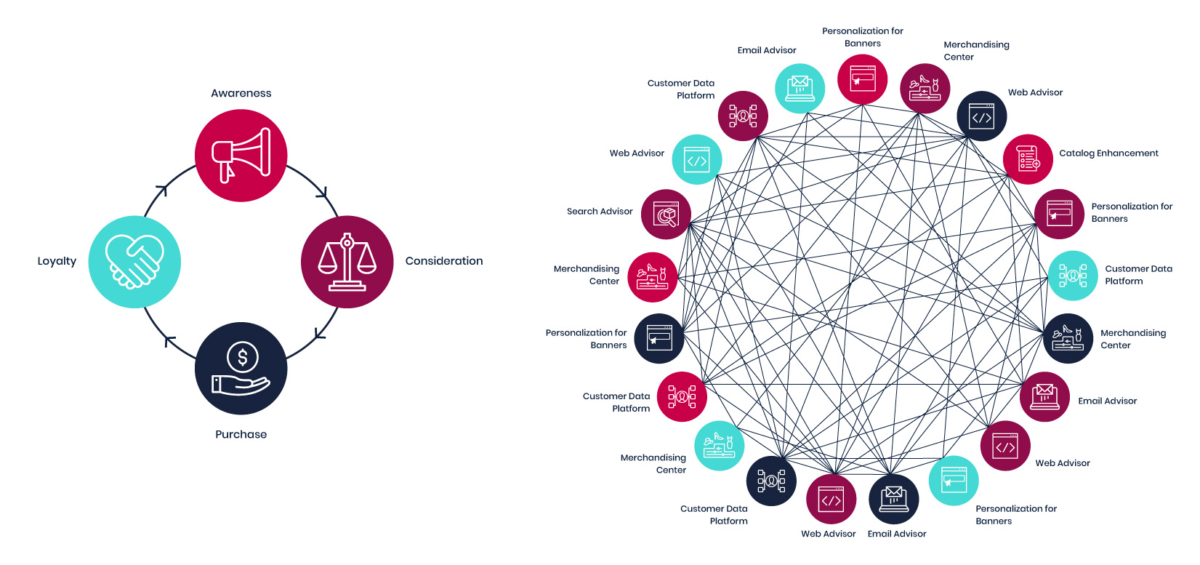
Case Study: NEYE, A 360 personalized customer experience
Related Content
You might also like
For years, marketers have been promised “personalization at scale.” You’ve probably heard it...
Learn More
Do you transform your Black Friday encounters into lasting relationships? Or do you let this annual...
Learn More
Sustainability and e-commerce. To many, they’re considered close to mutually exclusive. But they...
Learn More
If you're familiar with price drop triggers, you already know how effective they are at converting...
Learn More
It’s a common myth that B2B Salesdon’treally need a proper digital setup. After all, “people buy...
Learn More
If you’re a seasoned e-mail marketer, you might think you know everything you need to know about...
Learn More
Is this how you create newsletters too? If you work in e-commerce, you might recognize this routine:
Learn More
No reason to sugarcoat it. E-commerce is facing a lot of challenges right now. Chinese giants like...
Learn More
It’s a name that’s impossible to ignore. No matter how hard you try. TEMU. The Chinese giant has...
Learn More
Stakes are incredibly high in fashion. With a global market value of predicted to reach 1.2...
Learn More
Let us show you what you can achieve with premium personalization


A Raptor expert can share more about the product and answer any questions you have.


